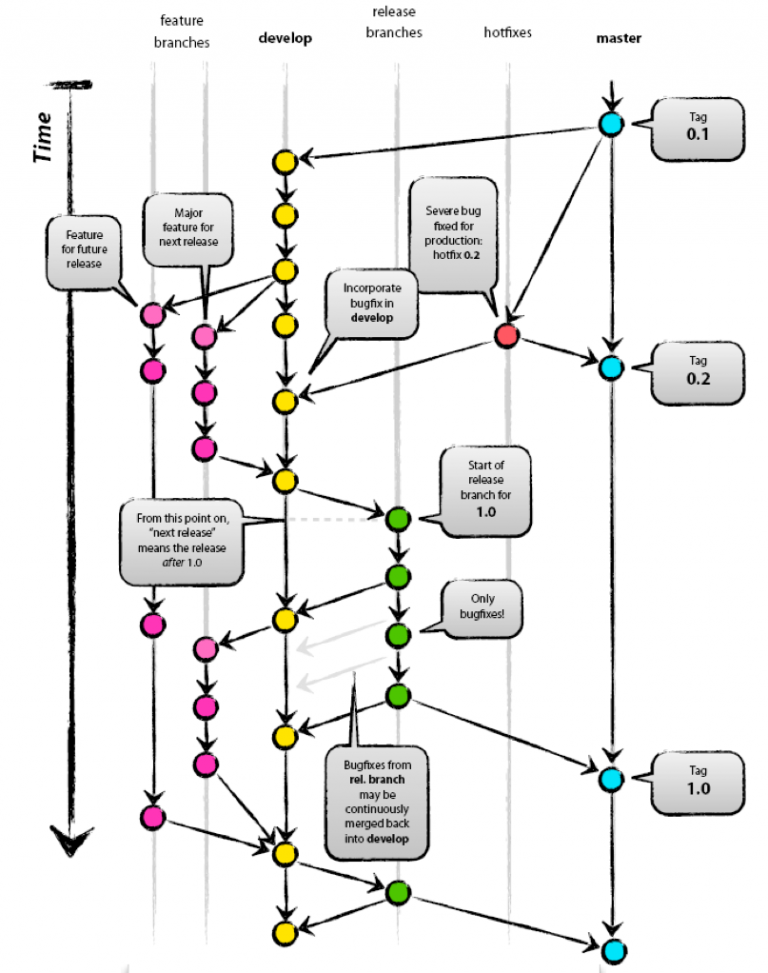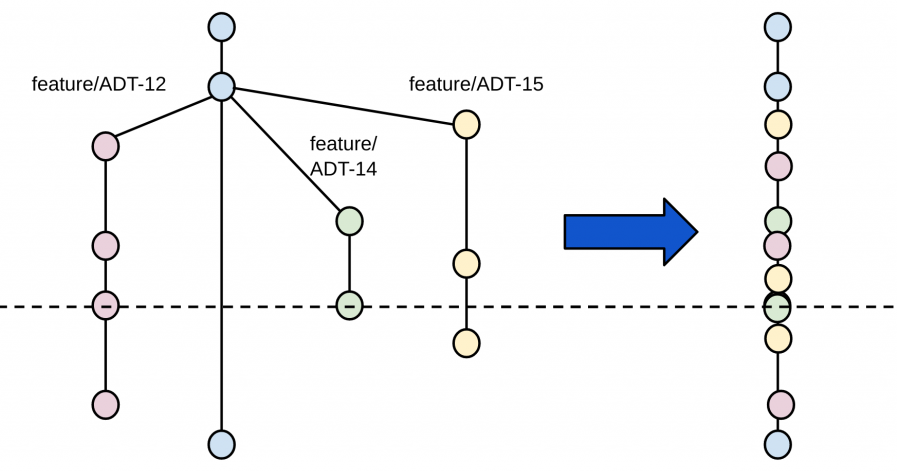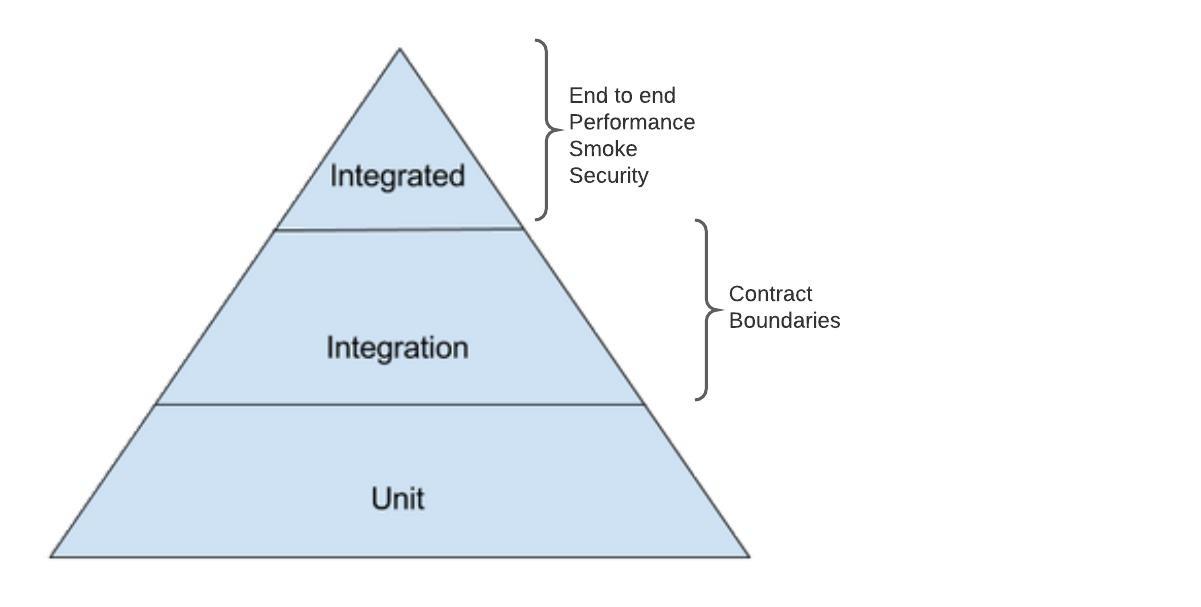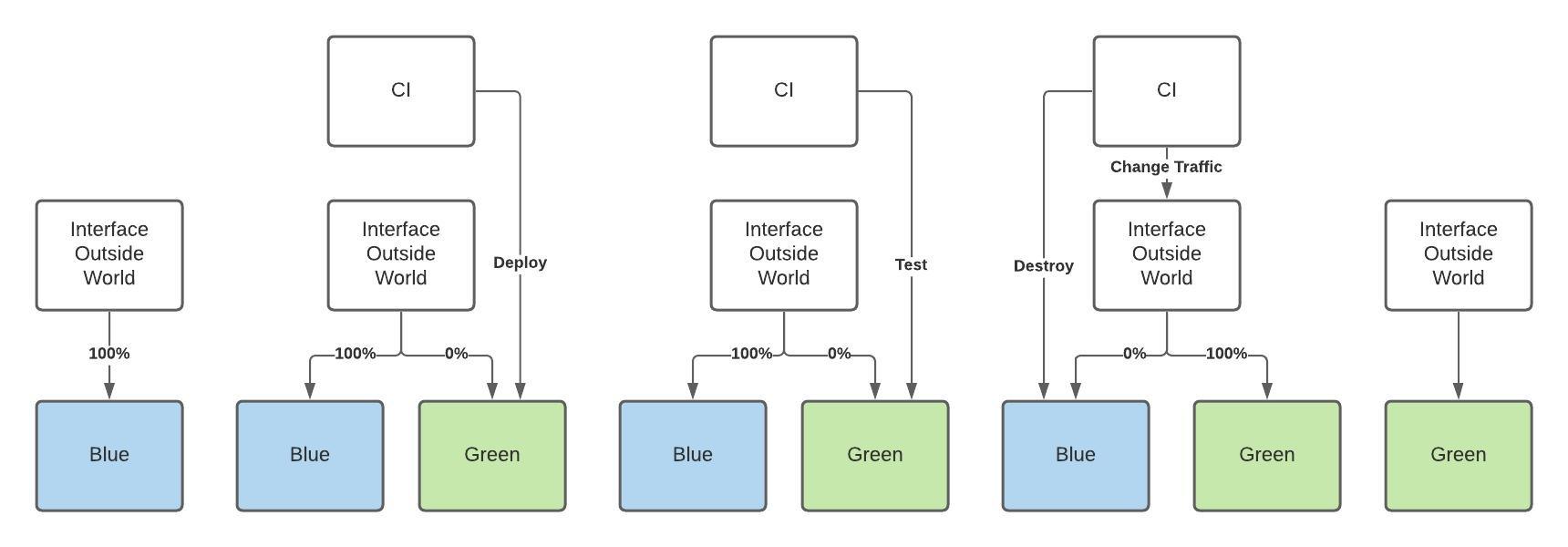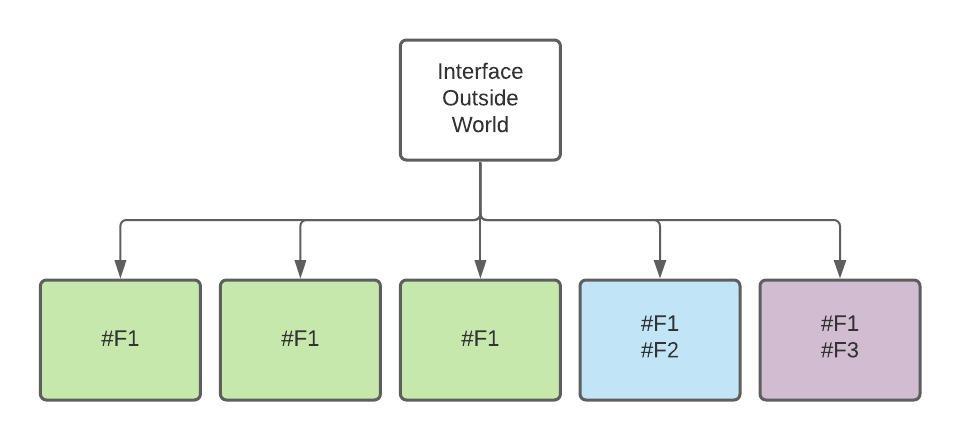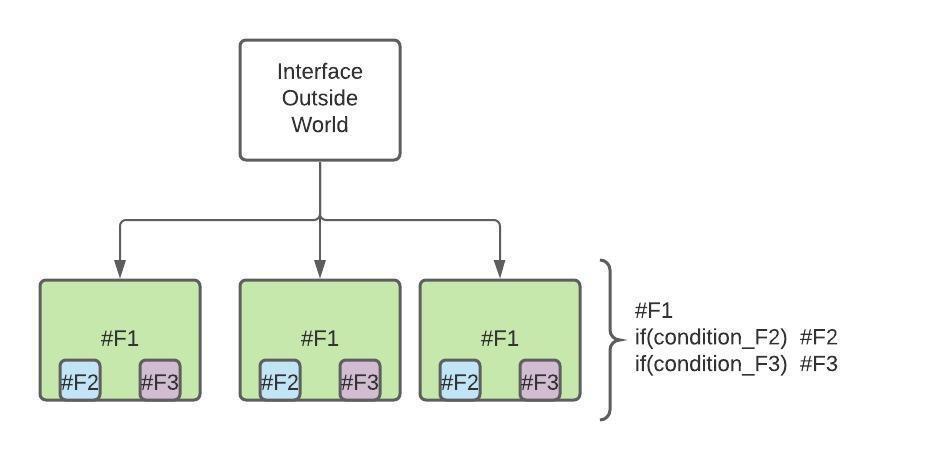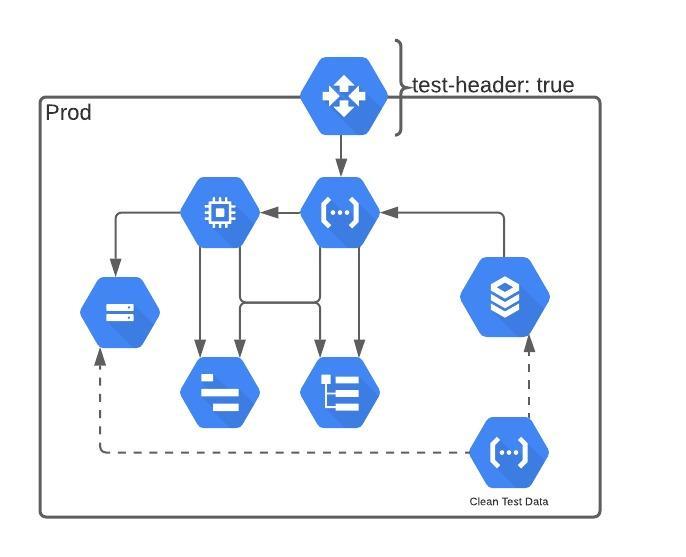Leaders Build Trust, Managers Take Control: The Path to Empowering Teams
TL;DR;
In essence, leadership and management are two sides of the same coin, each playing a critical role in guiding teams and individuals towards achieving their potential and realizing organizational objectives. By building trust and taking control in measure, you empower your teams to innovate, perform, and thrive in an ever-evolving landscape.
Have you ever worked in an organization that either seems too lax on the process or too stiff? What is behind that lack of balance? Are Leaders & Managers roles completely contradictory?
In the realm of organizational success, the distinction between leadership and management is not just semantics. It's foundational to how teams and individuals achieve their goals. While management is essential for ensuring tasks are completed, budgets are adhered to, and deadlines are met, leadership goes a step beyond, it cultivates an environment of trust, vision, and empowerment.
The Essence of Leadership: Building Trust
Leadership is inherently about building trust. It's a leader's responsibility to create a safe environment where team members feel valued, heard, and encouraged to contribute their best work. Trust is not built overnight but is developed through consistent actions, transparency, and an open dialogue. Here are a few ways leaders can build trust:
-
Empathy and Understanding: Leaders who show empathy and genuinely understand their team's challenges and needs foster a deeper connection, demonstrating they value their team members not just as employees but as individuals.
-
Consistency in Words and Actions: Trust is nurtured when leaders follow through on their promises and demonstrate integrity in all actions, proving they are reliable and trustworthy.
-
Empowering Others: By delegating meaningful tasks and showing confidence in their team's abilities, leaders empower their colleagues, which builds trust and cultivates a sense of ownership.
-
Leading by Example: Actions often speak louder than words. When leaders embody the values, work ethic, and attitude they wish to see in their teams, they set a powerful example that encourages others to follow suit. Leading by example bridges the gap between directives and action, showing that leaders are willing to do what they ask of others.
The Role of Management: Taking Control
Management, while often seen in a less glamorous light, is crucial for organizational success. Managers take control by organizing, planning, and directing resources to meet objectives. Control, in this context, means ensuring that processes are efficient, objectives are clear, and outcomes are predictable. Here's how management takes control:
-
Setting Clear Goals and Expectations: Managers excel at clarifying goals and setting expectations, ensuring everyone knows what needs to be done and by when.
-
Monitoring Progress and Making Adjustments: Control involves keeping a close eye on progress, identifying issues early, and adjusting plans as necessary to stay on course.
-
Efficiency and Optimization: Managers focus on optimizing resources, reducing waste, and improving efficiency, ensuring that the team can achieve its objectives with the resources available.
-
Keeping Everyone in Sync: Effective managers facilitate communication across departments, share insights and updates, and ensure that their team’s objectives align with broader company goals.
The Imbalance of Leadership Without Management, and Vice Versa
Seeing both roles as contradictory tends to push organizations towards failure. Organizational success requires a delicate balance between leadership and management. An imbalance, where one exists without the other, can lead to challenges that hinder a team’s or organization’s ability to reach its full potential.
-
Leadership Without Management: Leadership focused on building trust and vision without the grounding force of management can lead to a lack of direction and inefficiencies. While teams may feel inspired and valued, the absence of structured planning, goal-setting, and resource management can result in missed deadlines, unmet objectives, and wasted potential. In essence, the drive and motivation fostered by leadership need the rudder of management to steer the organization towards its goals effectively.
-
Management Without Leadership: Conversely, management without leadership often leads to a rigid, uninspired work environment where tasks are completed, and objectives are met, but there’s little room for innovation, engagement, or personal growth. This scenario can enforce a culture of merely 'going through the motions' rather than thriving. Teams may achieve short-term goals but at the cost of long-term engagement and loyalty. The vision, inspiration, and trust-building aspects of leadership are critical for cultivating an environment where employees feel connected to their work and motivated to contribute their best.
Finding the Right Balance By Bridging Leadership and Management
The most effective leaders are those who can blend the visionary, trust-building aspects of leadership with the pragmatic, control-oriented nature of management. Here are a few ways to bridge the gap:
-
Communicate Vision and Purpose: Share the bigger picture and why work matters, connecting daily tasks to overarching goals.
-
Foster an Environment of Growth: While maintaining control over the essentials, encourage innovation and risk-taking within parameters that ensure alignment with goals and values.
-
Practice Emotional Intelligence: Recognize your emotions and those of others to manage interactions and communications effectively, blending empathy with decisiveness.
The synergy of inspirational leadership and effective management ensures that teams are not only motivated to reach their goals but are also equipped with the strategy, resources, and direction to do so.


